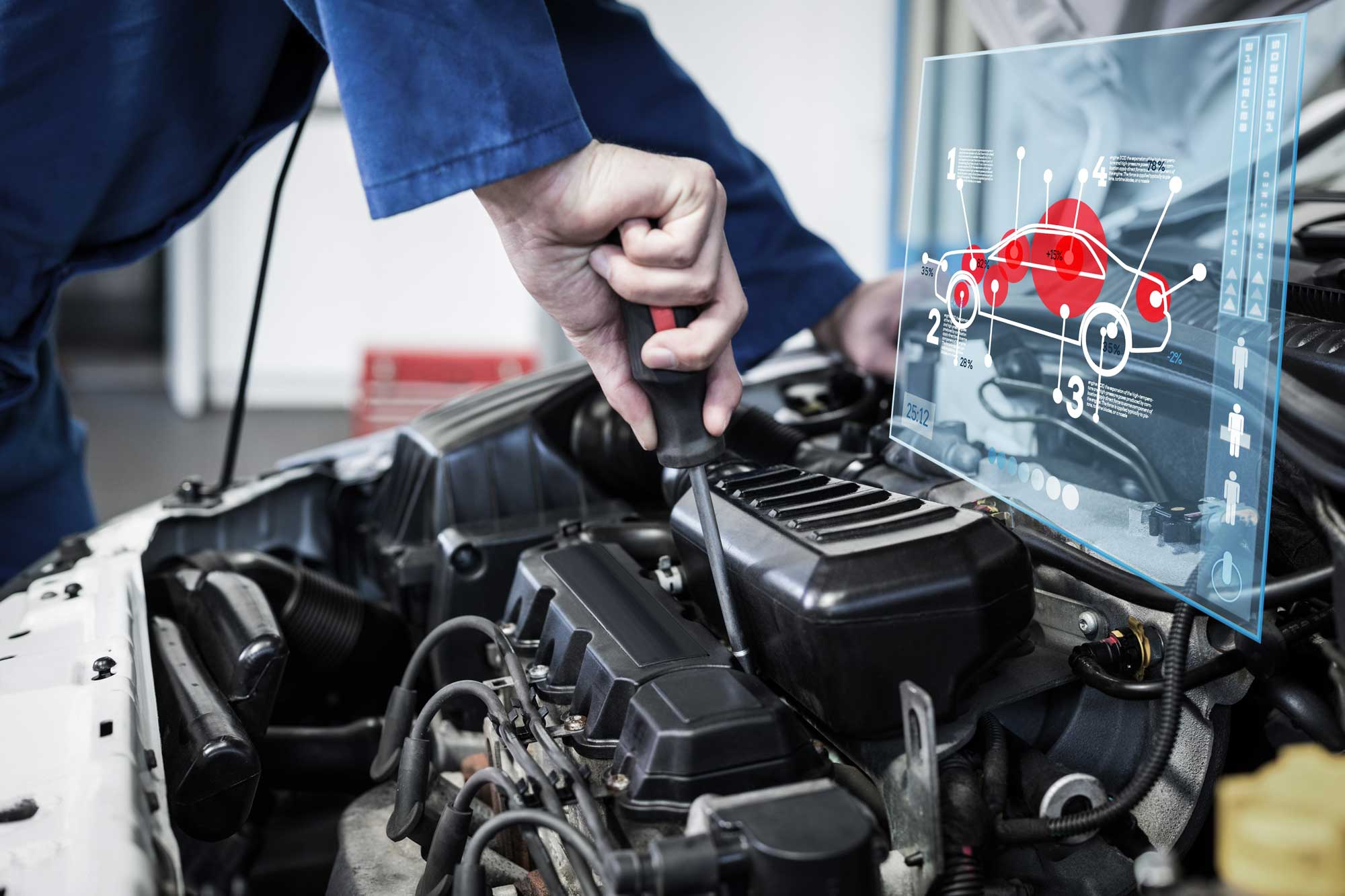Featured

The check engine light (CEL) is just one of the most vital caution systems in your automobile, yet it often triggers complication or worry for several motorists. Comprehending what this light stands for and how to manage it can save you time, cash, and unnecessary stress and anxiety. This overview supplies a review of what triggers the CEL, its prospective ramifications, and the steps you must take when it brighten.
What Does the Check Engine Light Indicate? The CEL becomes part of your automobile's onboard diagnostics system (OBD), which keeps an eye on engine performance and emissions. When the system spots an issue that needs your attention., it brightens.
Solid Light: Signals a non-urgent problem but one that need to be addressed soon, such as a sensing unit breakdown or emissions-related issue. Flashing Light: Shows a critical concern like an engine misfire. Driving in this problem can trigger severe damages, so immediate action is needed. Usual Sources Of the Check Engine Light. The CEL can light up for a wide variety of factors, some minor and others more serious. Below are a few of the most constant reasons:

Loosened or Damaged Gas Cap:
A loosened gas cap can endanger the gas system, activating the CEL. Monitoring and tightening the cap is an easy very first step when the light comes on. Faulty Oxygen Sensing Unit:
This sensing unit keeps an eye on the air-to-fuel proportion in your engine. A breakdown can lower gas effectiveness and increase emissions. Malfunctioning Catalytic Converter:
The catalytic converter aids decrease dangerous exhaust discharges. Neglecting various other engine concerns, like misfires, can bring about catalytic converter damage. Stimulate Plug or Ignition Coil Problems:
These parts are crucial for beginning and running your engine efficiently. Routine upkeep can avoid wear and failing. Mass Air Movement Sensing Unit Troubles:
This sensing unit gauges the quantity of air entering the engine to guarantee optimal performance. A faulty or dirty sensing unit can decrease effectiveness and power. Actions to Take When the Examine Engine Light Begins. Examine the Gas Cap:
See and tighten up the cap if the light shuts off after driving a few miles. Observe the Vehicle's Behavior:
Note any type of unusual signs like rough idling, reduced power, or strange noises. Scan the Codes:
Use an OBD-II scanner to get trouble codes stored in your car's computer. Lots of automobile components stores use this solution completely free. Go To a Technician:

If the light continues to be on or is blinking, take your car to an expert for a comprehensive diagnosis. Avoiding Check Engine Light Issues. Positive upkeep is the most effective method to stay clear of CEL troubles. Comply with these tips:
Adhere To a Normal Upkeep Set Up: Adjustment your oil, replace filters, and check ignition system in a timely manner. Inspect the Gas Cap: Change damaged caps to avoid leakages in the fuel system. Use High Quality Fuel: Poor-quality gasoline can contribute to sensing unit and emissions concerns. Why Prompt Activity Issues. Overlooking the CEL can lead to much more serious troubles, such as engine damage or costly fixings. If ignored., a little issue like a loosened gas cap can grow out of control right into a major cost.
Verdict. The check engine light is an essential device for maintaining your lorry's health. By recognizing its function and responding immediately, you can prevent unneeded repair services and maintain your cars and truck running efficiently. The next time the CEL comes on, bear in mind to remain calm, inspect the fundamentals, and get in touch with a professional if required.
Latest Posts
Enhancing Your Residential Or Commercial Property with Yard, Ranch, and Cattle Ranch Fence
Published Apr 05, 25
1 min read
Find the Indication: When to Repair or Replace Your Roofing
Published Apr 05, 25
1 min read
Radiator Repair and Service Near You! at MO
Published Apr 05, 25
2 min read
More
Latest Posts
Enhancing Your Residential Or Commercial Property with Yard, Ranch, and Cattle Ranch Fence
Published Apr 05, 25
1 min read
Find the Indication: When to Repair or Replace Your Roofing
Published Apr 05, 25
1 min read
Radiator Repair and Service Near You! at MO
Published Apr 05, 25
2 min read